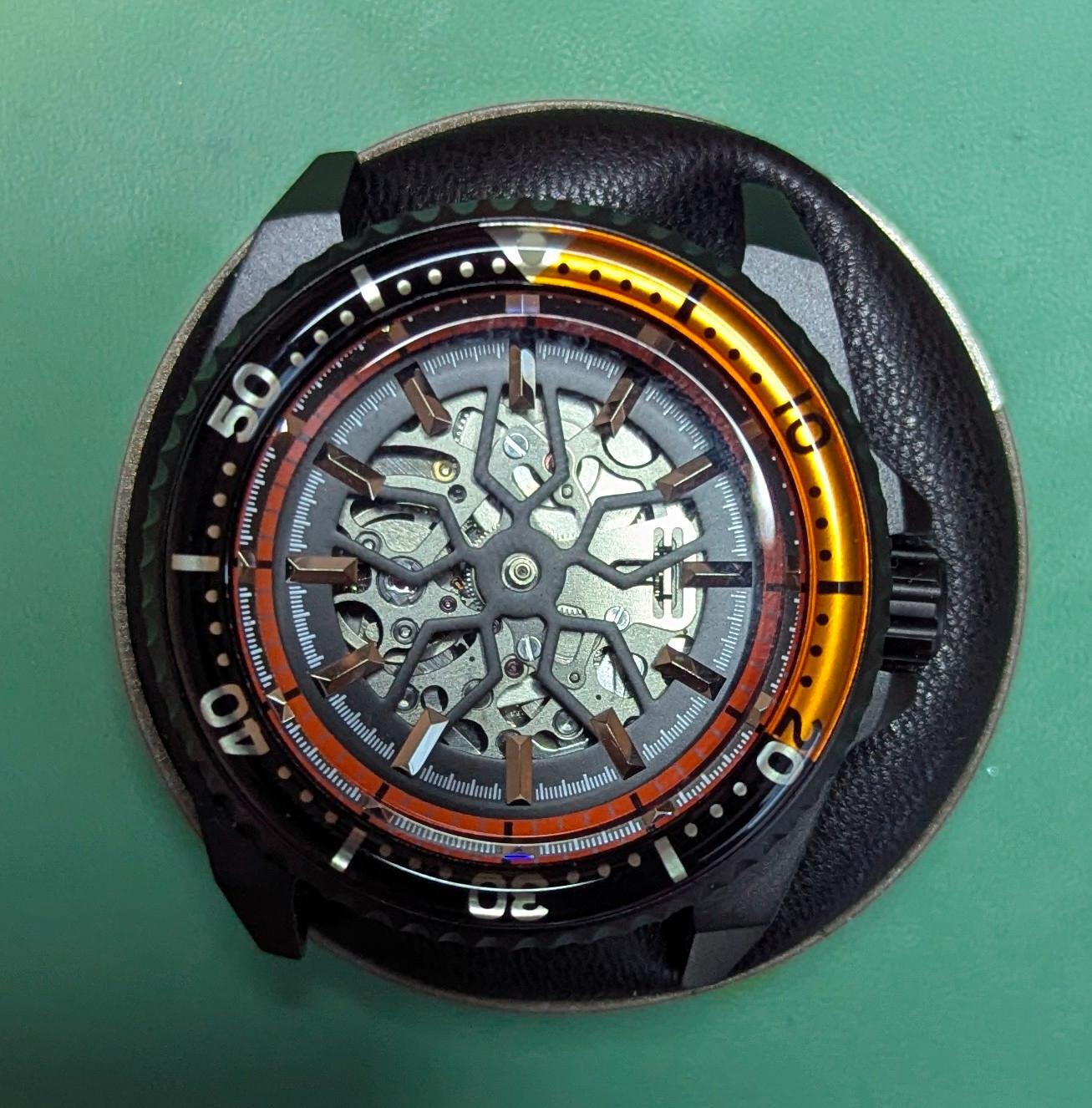hey all, new to (digital) watch repair
-
Recently Browsing
- No registered users viewing this page.
-
Topics
-
Posts
-
Thanks for the info - I'll go big on the gaskets... Wonder if anyone sells hundred packs?!
-
By steve1811uk · Posted
Looked into this some more and I believe that some of the increase in rate is attributable to the drop in amplitude after 12 hours off wrist, from 300 to 275 degrees horizontal and some is due to the lower temperature (38 to 18 degrees). I can see that approx 3 to 4 seconds a day is attributable to each. I can be happy with that. -
Link below shows the tool used to push the stud out. You can make the tool , just file a screwdriver to this shape. https://www.esslinger.com/bergeon-16918-etachron-stud-remover-screwdriver/ There are vids on YouTube showing how the stud is to be push out. Shouldn't get over creative, just go by this approach. Good luck.
-
By Embezelled · Posted
Hi all, I'm almost ready to make my first attempt at watch repair. My initial goals are very modest, just to get an inexpensive watch or two to work on, and take it at my own pace. I have what I think are the necessary tools on the way. A couple of things arrived already: a loupe, some tweezers, and a cheap demagnetizer. After looking at the options for oils and grease, I decided to start off with Citizen A-O2 and A-O3 oil, and Seiko S-3 grease. The Moebius was just too pricey to buy this early into the undertaking, when added to the cost of the other tools I've bought. Screwdrivers are Kwong Yuen for now, but I took the frequent advice on tweezers and bought Dumostar 3C and will probably add more DuMont later. I'm looking forward to making a start. I'll need a watch to work on, so I'm trying to line up an auction purchase within the next week. I've been mostly looking at Seiko and Citizen, and will perhaps a Seiko Crown if I can land one at a decent price. -
I tried pushing to dome the washer in and had no success, but stuffing it full of o-ring gaskets worked much better than I expected. It takes some pressure but not as much as you might imagine, but it does take patience ... and a couple of dozen small gaskets. I used the pendant tube of a watch case to stuff the gaskets in as I didn't have a way to machine a tool to suit.
-



.thumb.jpg.19a9c4ff164d78d516aa9f05a063752b.jpg)



Recommended Posts
Join the conversation
You can post now and register later. If you have an account, sign in now to post with your account.
Note: Your post will require moderator approval before it will be visible.